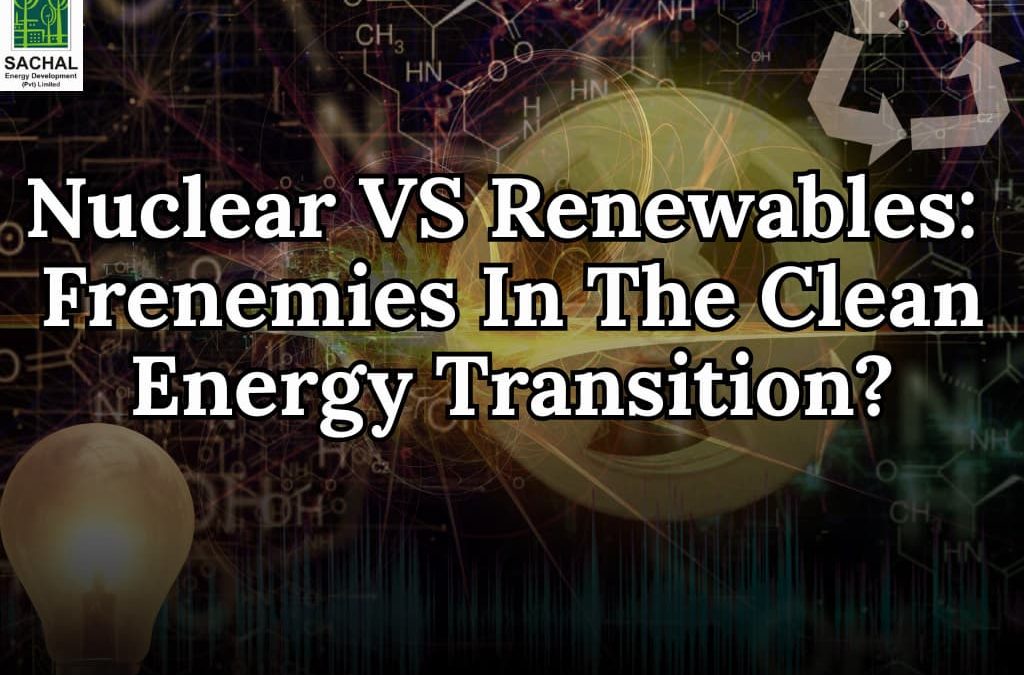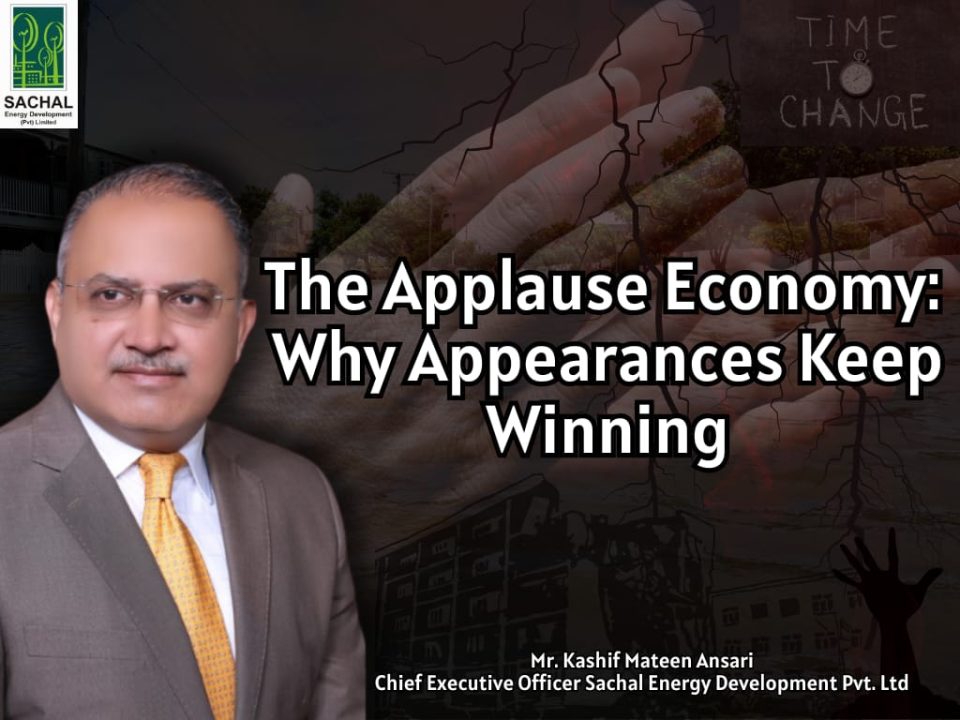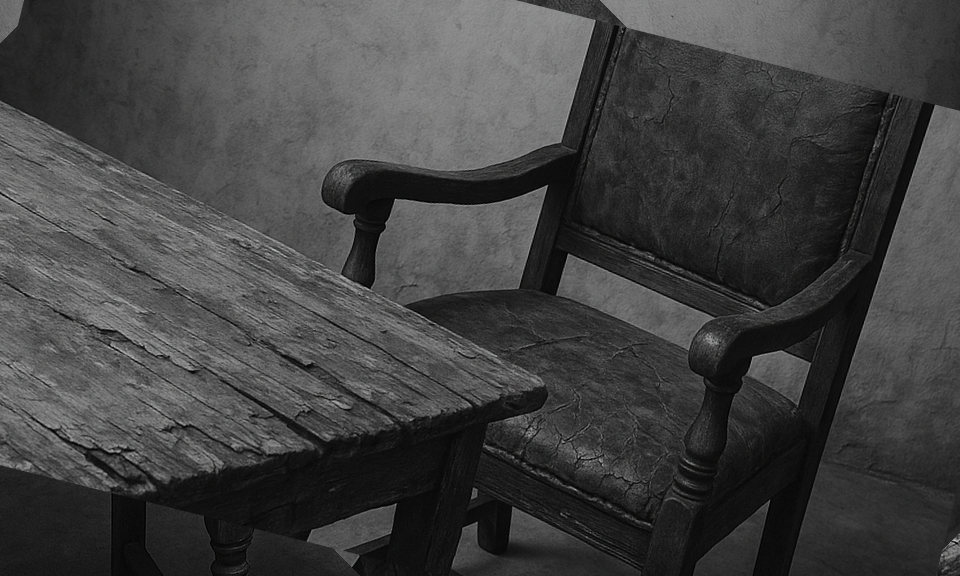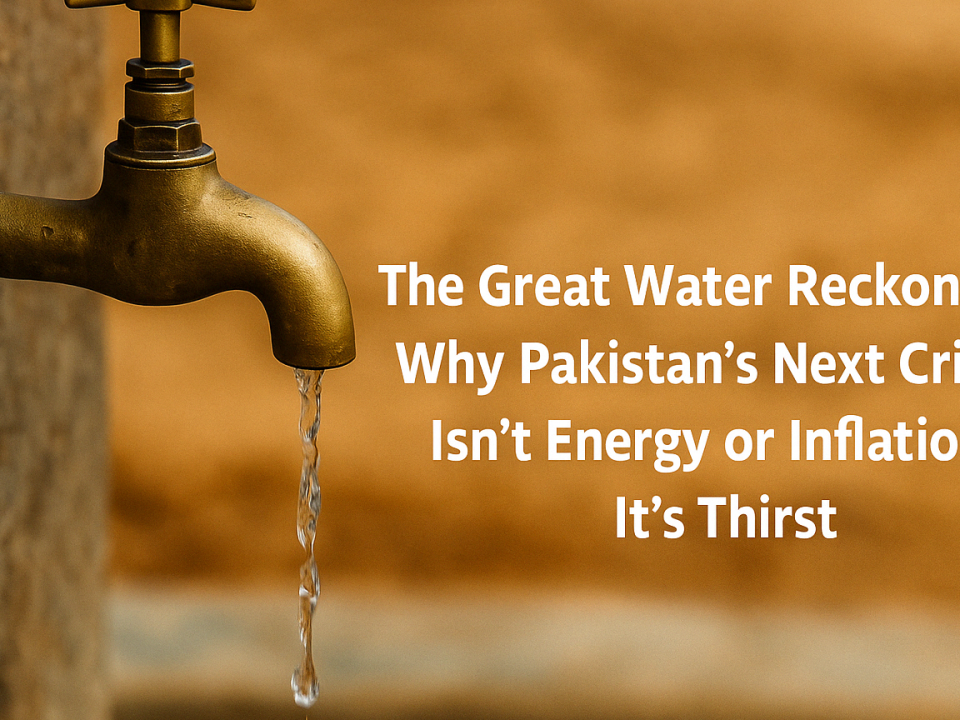
The Great Water Reckoning: Why Pakistan’s Next Crisis Isn’t Energy or Inflation — It’s Thirst
April 23, 2025
When the Lights Go Out | Article By Kashif Mateen Ansari
June 21, 2025The fight against climate change has turned energy policy into a battleground, with two unlikely opponents—nuclear power and renewables—caught in an ideological tug-of-war.
On one side, solar and wind advocates argue that renewables are cheaper, faster to deploy, and safer. On the other, nuclear supporters insist reactors provide the always-on, emissions-free power that intermittent renewables.
1. The Case for Nuclear: The Reliable Workhorse:
- Always-On, Carbon-Free Power:
Unlike wind and solar, nuclear plants run 24/7, rain or shine. France gets ~70% of its electricity from nuclear and has some of the lowest grid emissions in Europe.
- Energy Density: A Tiny Footprint:
One uranium pellet = 1 ton of coal in energy. A single nuclear plant can replace thousands of wind turbines in land use.
- Grid Stability in a Renewable World:
As Germany learned after shutting reactors, relying too much on intermittent renewables can force more gas or coal backup. California now wants to extend Diablo Canyon nuclear plant to avoid blackouts.
- The Case Against Nuclear: Cost, Waste, and Fear:
- Staggeringly Expensive & Slow
- New U.S. reactors (Vogtle) cost $30+ billionand took 10+ years to build.
- Meanwhile, solar/wind + storage gets cheaper every year.
- The Nuclear Waste Problem (Still Unsolved)
- 85,000+ metric tonsof spent fuel sit at U.S. plants with no permanent disposal.
- Finland’s deep geologic repository is the first real solution—after 40 years of debate.
- Public Fear & Aging Plants
- Fukushima and Chernobyl still haunt the industry.
- Half of U.S. reactors are 40+ years old—requiring costly upgrades.
- The Renewable Counterargument: Why Wind/Solar Are Winning:
- The Price Collapse
- Since 2010:
-
- Solar costs ↓ 90%
- Wind costs ↓ 70%
- Nuclear costs ↑ 50%
- Speed Matters for Climate
- A solar farm takes 1-2 yearsto build.
- A nuclear plant takes 10-15 years(if it finishes at all).
- Storage Is Catching Up
- Battery costs fell 90% since 2010.
- “Renewables + storage” is now cheaper than new nuclear in most markets.
- The Middle Ground: Could They Work Together:
- Advanced Nuclear: A Game Changer?
- Small Modular Reactors (SMRs) promise cheaper, safer nukes.
- But NuScale’s first project collapsed from rising costs—a bad omen.
- Hybrid Systems: The Best of Both?
- Use nuclear for baseload, renewables for peak demand.
- Some designs even use excess nuclear power to make green hydrogen.
- The Politics Problem
- Renewable advocates often oppose nuclear funding.
- Nuclear lobbies sometimes undermine renewables.
- Result? Fossil fuels keep winning.
- The Verdict: Do We Need Both?
For Nuclear:
- Essential for deep decarbonization (steel, chemicals, winter heating).
- Saves land compared to massive solar/wind farms.
- Already displacing coal in places like Sweden, Ontario.
For Renewables:
- Cheaper, faster, more scalable.
- No waste or meltdown risks.
- Winning the market battle decisively.
The Bottom Line:
Fighting over “nuclear vs. renewables” is missing the point. The real enemy is fossil fuels.
A smart grid uses:
- Mostly wind/solar (the cheapest options).
- Nuclear where needed (for industry/all-season power).
- Storage, demand management, and efficiency to tie it together.
The Big Question: Can We Move Past the Tribal Warfare?
- The energy transition isn’t a purity test. Some countries (France, Sweden) will lean nuclear. Others (Germany, Australia) will go all-in on renewables.
- But dogmatic opposition to either technology only helps coal and gas. The climate crisis is too urgent for ideological battles—we need every clean tool we have.
- Final thought: If we spend the next decade arguing over nuclear instead of building clean energy, we’ve already lost. The best strategy? Deploy first, perfect later.





